Upsizing your tires is one of the easiest ways to change or improve a vehicle's look. In fact, many average car and truck owners choose to leave their vehicles in stock configuration apart from their tires. We'll discuss the upsizing options you have for 18-inch rims. Here's what our research uncovered.
In general, you can use bigger tires that are approximately 3% larger or smaller than the stock tires. However, some pickup trucks and SUVs can accommodate up to 15% larger tires even without any suspension or body modifications.
For stock sedans and small crossovers, you might be able to fit 27-inch tires, depending on your model's wheel well or well arch size. For trucks and SUVs, some models and trims can accommodate up to 38-inch tires.
If you're on your first foray into tire upsizing, then you have come to the right place. Do read on, and we'll guide you about some important things to consider when choosing a new set of tires for your 18-inch rims.
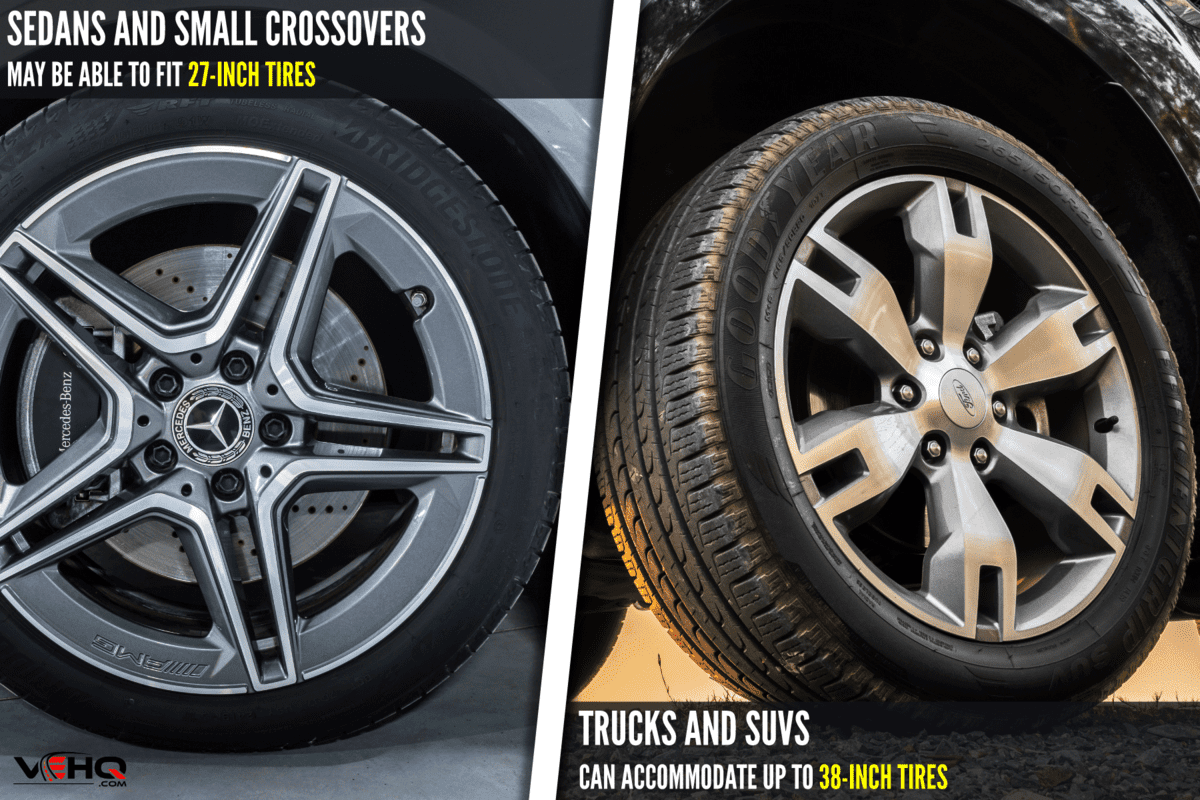
What Is The Biggest Tire That Will Fit 18-inch Rims?
Automotive manufacturers design their vehicles while considering how the tires will affect driving performance and ride quality. When you stay with your original tire size, you can rest assured that your driving experience will be what the vehicle's engineers intended the car to deliver.
However, if you have other practical or aesthetic purposes, you have some wiggle room to upsize your tires. For many passenger vehicles, you can safely upsize your tires by approximately 3% larger than your stock tires. On the other hand, some pick-up trucks and SUVs can go larger by approximately 15%.
So what tire sizes fall within your 18-inch rim's range?
For Cars And Crossovers
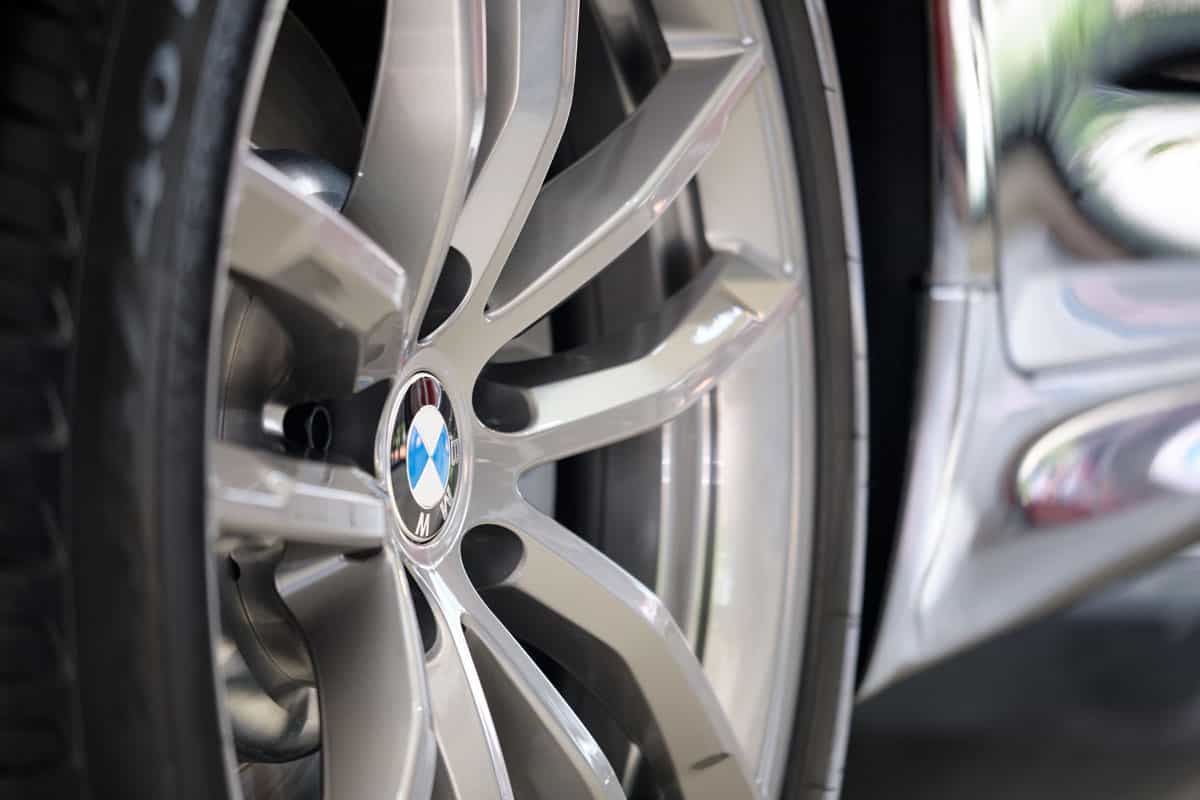
Most passenger cars, vans, and small crossovers have low ground clearances and relatively small spaces in their wheel wells. Because these vehicles focus on highway cruising, passenger comfort, and fuel economy, they don't need to change tire sizes drastically.
For example, let's take America's best-selling sedan for the past 20 years - the Toyota Camry. The 2022 Camry comes with 16-inch, 17-inch, 18-inch, and 19-inch wheel options. For its 18-inch rims, the Camry uses 235/45/R18 tires.
Using a tire size calculator, we know that this tire's overall diameter is 26.3 inches, and its tread width is 235 millimeters (9.3 inches).
Because we can safely add approximately 3% to this overall diameter, we know that we may be able to fit a 27-inch tire (27.089 inches, to be exact). Moreover, some tire professionals recommend fitting tires only up to 20 millimeters wider than stock tires.
So what tire sizes fall within the 3% and 20-millimeter guidelines? Here are some of your possible options:
- 245/40/R18
- 245/45/R18
- 255/40/R18
- 255/45/R18
- 225/50/R18
- 235/50/R18
Check out these 245/40/R18 Mickey Thompson Performance Radial Tires on Amazon.
Here's a short video showing two different tire sizes for 18-inch car rims.
Of course, there are much wider racing tires that can fit 18-inch rims. However, these tires will also need wider, aftermarket rims and other modifications. One size example is a 305/35/R18 tire.
For Trucks And SUVs
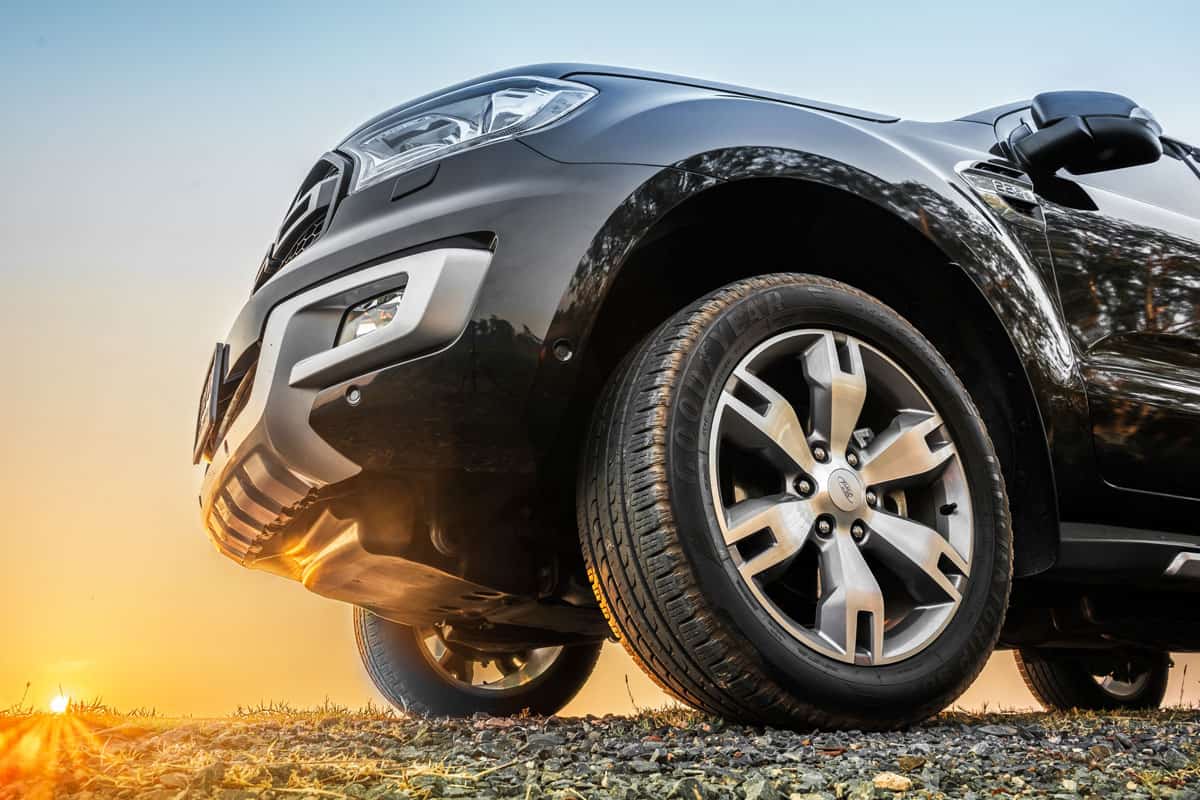
In contrast to sedans, vans, and crossovers, some larger vehicles like trucks and SUVs have off-roading or trailing DNAs. These vehicles have higher ground clearances and larger wheel wells that can accommodate more aggressive wheel upsizes.
For example, a stock Toyota Tacoma Limited trim comes with 18-inch rims and 265/60/R18 tires. Without any modification, you can safely upsize the tires to 32.5-inch tires like a 275/65/R18.
On the other hand, some Ford F-150 trims with 18-inch wheel options can upsize to 33 or even 34-inch tires without any modification.
Recently, Ford launched the F-150 Raptor with the 37-inch package. This new trim is two inches higher off the ground than the regular Raptor.
Beyond production vehicles like the F-150 Raptor 37, some modified full-size trucks sport even larger, 38-inch tires on 18-inch rims.
How Do You Read The Numbers On A Tire?
Although you can easily read the measurement numbers on the tire sidewalls, these figures may not be straightforward. Don't worry because we're here to help you decipher them. To illustrate, let's take the Tacoma's stock tire size: 265/60/R18.
- 265 refers to the tire's tread width in millimeters.
- 60 describes the tire's aspect ratio, expressed as a percentage. This means that the tire's sidewall height is 60% of the tire's tread width.
- R18 means that your tire is of radial construction and is designed for mounting on a 15-inch wheel or rim.
What Is A Tire's Overall Diameter?
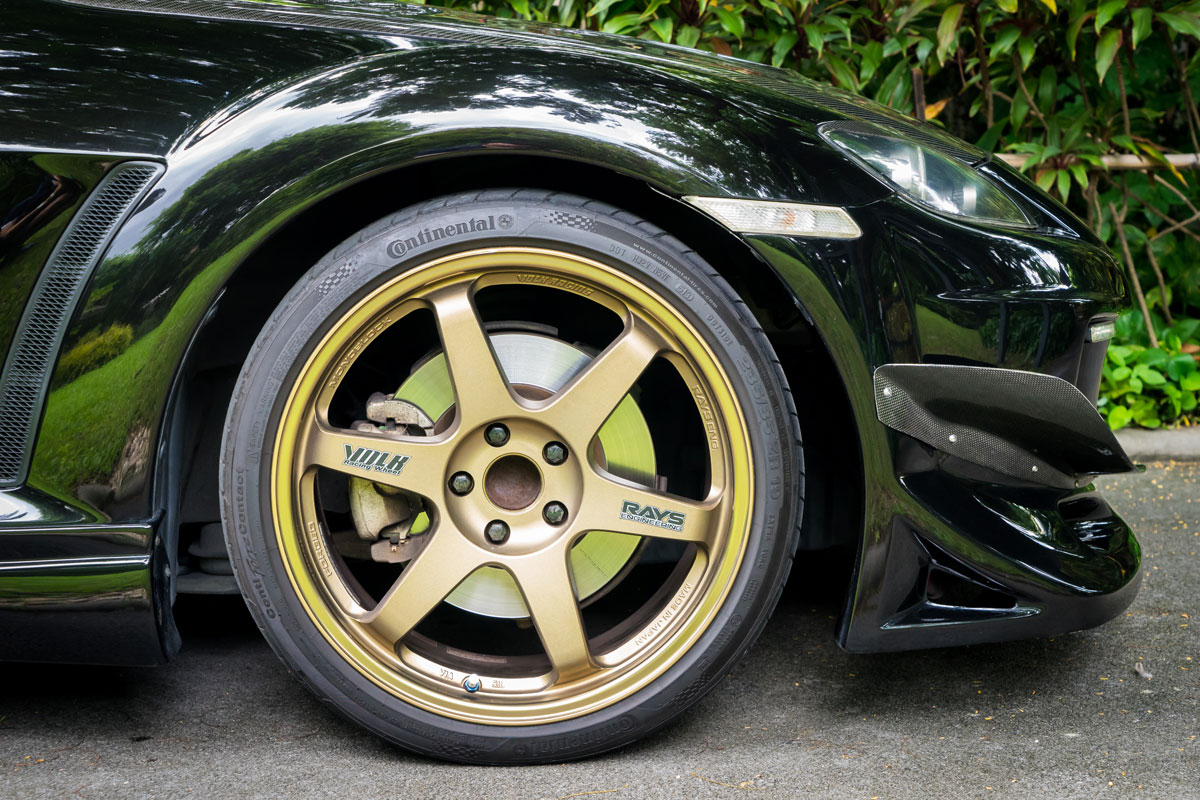
A tire's overall diameter pertains to its diameter from two of its outermost points. When determining a tire's overall diameter, we must mount and inflate it properly on its designated rim. Moreover, the tire must rest on level ground and not bear any load.
The tire's overall diameter, as well as the tire width, are the two main reference points for measuring how much larger or smaller your new tires can be.
What Is Tread Width?
Under the same conditions for diameter measurement, we can also get a tire's width. Tire or tread width refers to the distance from one outer sidewall to the other. We should also be careful not to confuse tread width with rim width.
What Is Aspect Ratio?
Before we compute for aspect ratio, we need to get the tire height. Tire height refers to the distance from the rim's outermost point to the corresponding point on the tire's treads.
Second, we need the tread width, which we covered in the previous section.
By dividing the tire height by the tire width, we can get the tire's aspect ratio. For example, an aspect ratio of 60 means that the tire height is 60% of the tire's width.
What Are The Advantages Of Changing Tire Size?
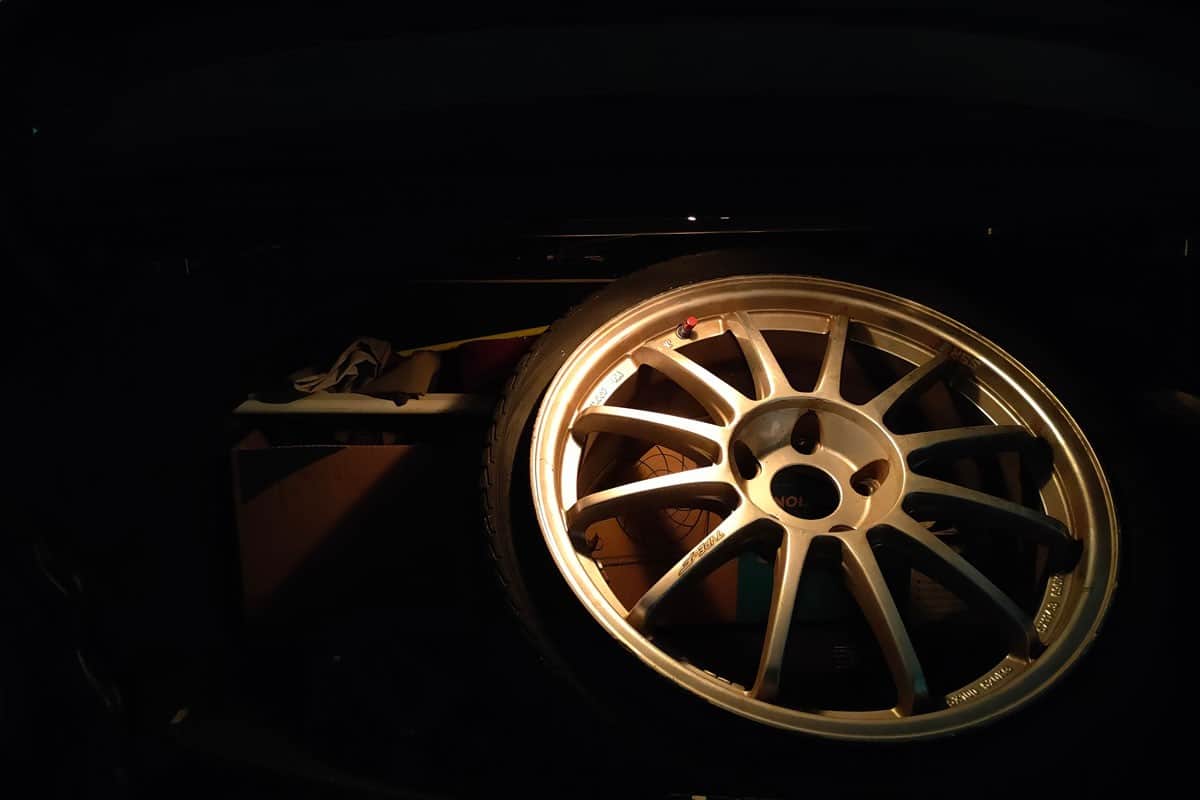
Aesthetics
Some car enthusiasts use smaller tires and modify their rim and suspension setups heavily to get the lowrider effect. On the other hand, some van or crossover owners like to upsize their tires a little bit to give their vehicles a bigger or wider stance.
Finally, many pickup and SUV owners upsize their tires to highlight their vehicles' ruggedness.
Higher Ground Clearance
You can get a higher ground clearance for your vehicle by just upsizing your tires. Moreover, taller tires will give you a better wading depth and bigger approach and departure angles. This is useful, especially for unpaved roads and trails.
Better Traction
Wider tires will give you larger contact patches against the road. Consequently, the larger contact patches will provide your vehicle with better road traction. This means that your vehicle will be more controllable in low-tractions scenarios, especially icy, sandy, or slippery roads.
Furthermore, the increased traction also improves your car's stability when you're driving at highway speeds or when you encounter unexpected high-speed cornering situations.
Improved Ride Comfort
If your new tires are "taller" or have a higher aspect ratio, then it means that you have bigger tire sidewalls. Bigger sidewalls have more flexing capacity to absorb the shock and vibration from road debris and irregularities. Thus, tires with bigger aspect ratios tend to be more comfortable.
What Are The Disadvantages Of Changing Tire Size?
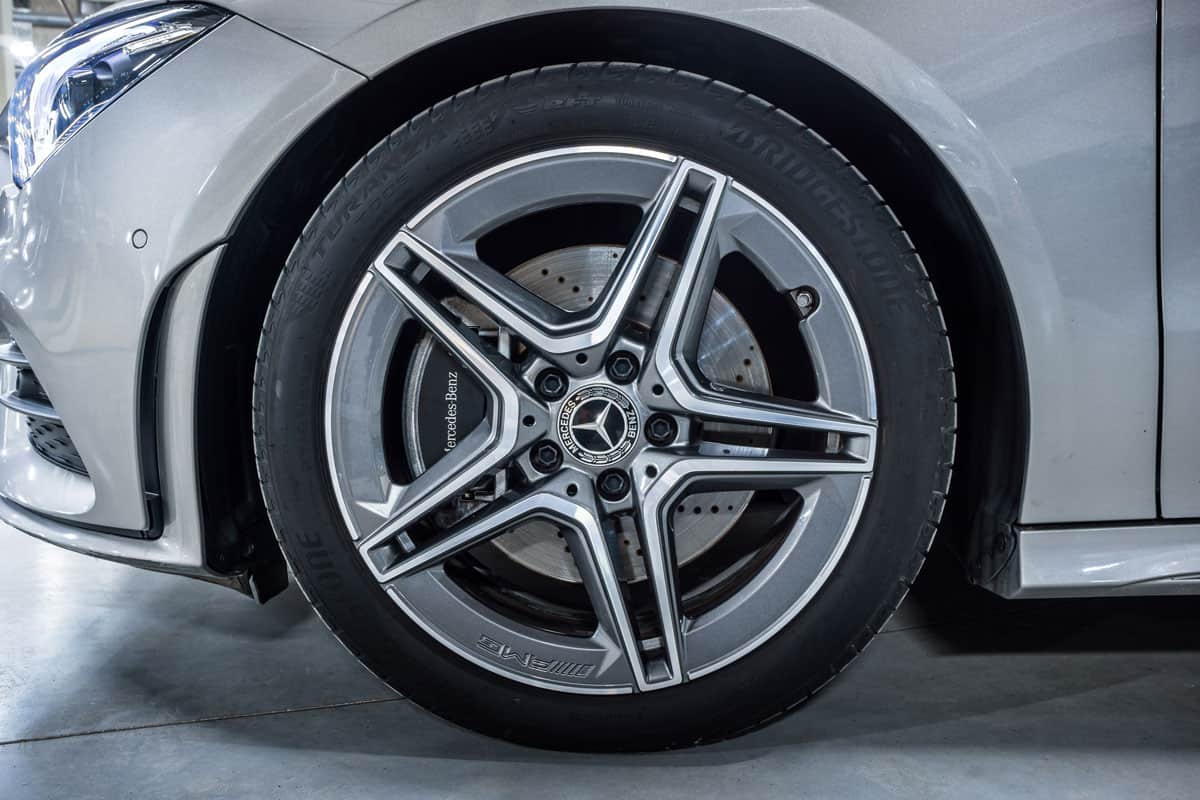
Tire Replacement Cost
Assuming that the tire brand, quality, and retail shop are the same, bigger tires usually cost significantly more than smaller tires.
On the other hand, some specific vehicles come with rare tire sizes that may not be readily available at tire shops. In this case, changing to a more common tire size will be a more cost-effective option.
Vehicle Acceleration
Smaller tires are usually lighter and have smaller contact patches that lead to friction. Thus, with less weight and friction to overcome, smaller tires can provide better acceleration.
On the other hand, bigger tires give you better overall vehicle control. However, as they are heavier and create more friction with the road, they also decrease your vehicle's acceleration.
Steering Feedback
Because of their bigger contact patches, larger tires often lead to a heavier steering experience. You may need to put in a little more elbow grease, especially when you're dry-steering in cramped parking spaces. Nevertheless, the difference will not be so obvious when you're driving at highway speeds.
Fuel Consumption
Because of the bigger or wider tires' rolling resistance, an engine needs to work harder to put the vehicle in motion. Consequently, the engine will consume a bit more fuel.
Smaller or narrower tires will also be lighter and thus more friendly to your fuel efficiency. However, tires that are much narrower than the original ones will not be very safe as you will lose a significant amount of vehicle traction and vehicle control.
Inaccurate Speed Reading
Modern cars use speed sensors that are calibrated to the original rims and tires. When you change your tire size, your speedometer and odometer will reflect the inaccurate speed and distance measurements.
Nevertheless, you may still be able to recalibrate your speedometer after changing tire sizes.
Change in Ride Comfort
Wider tires with smaller aspect ratios improve high-speed vehicle handling, but they also decrease passenger comfort. Moreover, larger tread patterns like those in mud tires and all-terrain tires also reduce ride comfort due to their wind resistance and the resulting vibration.
Wrapping Up
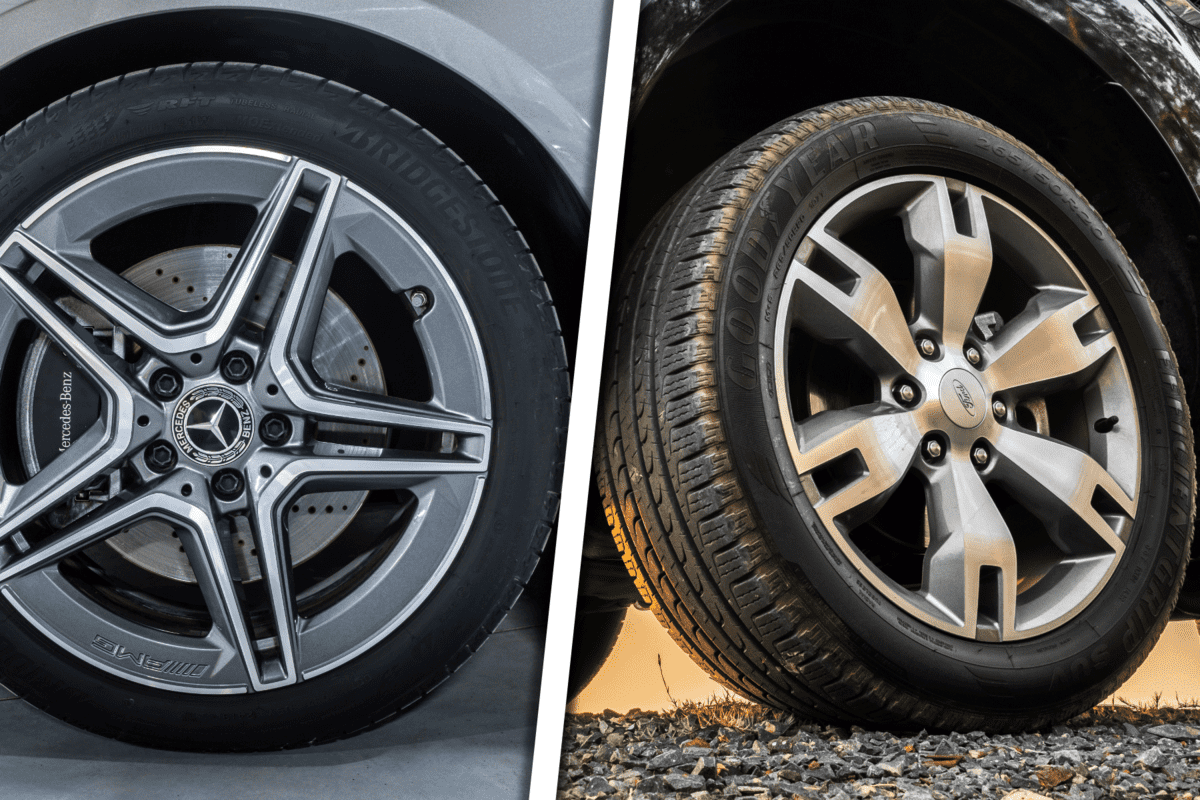
For most stock sedans, vans, and crossovers, you can mount 27-inch tires on 18-inch rims as long as the tread width is at most 20 mm wider than the original tires. For modified large pickup trucks and SUVs with the same rim diameter, you can mount up to 38-inch tires.
Thank you very much for reading. We hope we were able to help you learn about the tire upsizing options for your 18-inch rims.
For more interesting reads about tires and other automotive topics, you may also check out these great articles below.
How To Tell If Tires Have TPMS Installed

